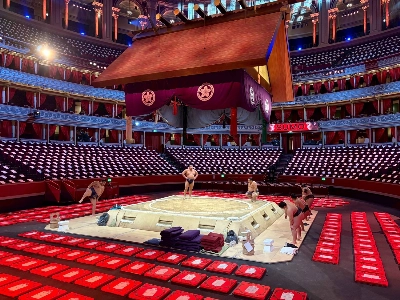Lebanon is a victim of geography. A country that was once the most vibrant in the region has been reduced by civil war and occupation to a shell of its former self. Wedged between two of the mightiest armies in the Middle East, Lebanon has served as the battle ground for clashes between Israel and Syria, usually through their proxies. In the last two weeks, the fighting has escalated as Israel has retaliated for attacks on its troops by Islamic guerrillas. The governments in Tel Aviv and Damascus are playing a dangerous game of chicken, and the Lebanese are the losers.
Israel has maintained forces in a 15-km swath across southern Lebanon since it invaded the country in 1982. The bulk of the troops are supplied by the South Lebanon Army, a predominantly Christian militia force, but Israel also details some of its own troops to the area. Their antagonists are the Hezbollah, Islamic guerrillas supported by Syria and Iran and opposed to the Israeli presence in Lebanon and even Israel itself. It has been a bloody conflict. In the 18 years since Israel invaded Lebanon, nearly 800 soldiers have been killed in combat; the civilian casualties number in the thousands.
Since 1996, the two sides have followed rules of engagement that prohibit attacks from civilian areas and prevent either side from being the first to target civilian areas. Israel claims that Hezbollah violated those rules in a series of attacks that claimed the lives of six Israeli soldiers in the past two weeks. While taking credit for the killings, Hezbollah denies using the villages as shields. Israel launched raids against Lebanese infrastructure, bombing three key power stations and reportedly wounding 15 civilians.


















With your current subscription plan you can comment on stories. However, before writing your first comment, please create a display name in the Profile section of your subscriber account page.